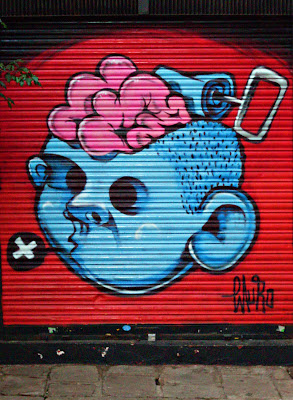La Barceloneta is my favorite neighborhood in Barcelona. I “discovered” it while doing research for my book Don Bonocio Llenza Feliú: From Barceloneta to Barceloneta (Spanish title: De la Barceloneta a la Barceloneta: La Historia de Don Bonocio Llenza Feliú, Catalan title: Des de Barceloneta fins a Barceloneta:La Història de Don Bonocio Llenza Feliú).
It is both an old port and a new port --- Port Olímpic was built in the district for the 1992 Olympic Games, and it now contains a marina with beautiful park, some amazing public sculptures, along with a number of bars and restaurants---many of which, like the are a bit on the pricy side, catering to the thousands of locals and tourists who flock to the sandy beach on any and all sunny days throughout the year. Still, it is still one of the best places to eat seafood in the city.
The first inhabitants of la Barceloneta arrived there in 1755. It was from the beginning the maritime area of Barcelona with activities and craftwork related to the port and the sea. The neighborhood was roughly triangular, bordered by the Mediterranean Sea. At the plaza of Barceloneta (Plaça Barceloneta) is Sant Miquel del Port church ---the first building completed in la Barceloneta in 1755.
Around 1791 small shipyards employed many families from la Barceloneta. During the 19th century, these families, like the Missé, became powerful shipbuilders, working on projects, sometimes risky, such as Narcís Monturiol’s pioneering wooden submarine Ictíneo, constructed in 1858–1859. La Barceloneta started to attract industries because it was located outside the city walls, near the port. This is why many important companies in the 19th century ---such as la Nueva Vulcano (which build the first steamboat on the Spanish Peninsula in 1839), La Maquinista Terrestre i Marítima ironworks, la Catalana Gas or Farga Lacambra copper company --- set up here. Because of this la Barceloneta is considered as the birthplace of Catalan industry.
The neighborhood is full of character. The blocks here are long and narrow --- architects planned them that way so that each room in every building fronted a street. The streets end at the Passeig Marítim (seafront promenade) of Barceloneta beach, one of the finest urban beaches in Europe.













